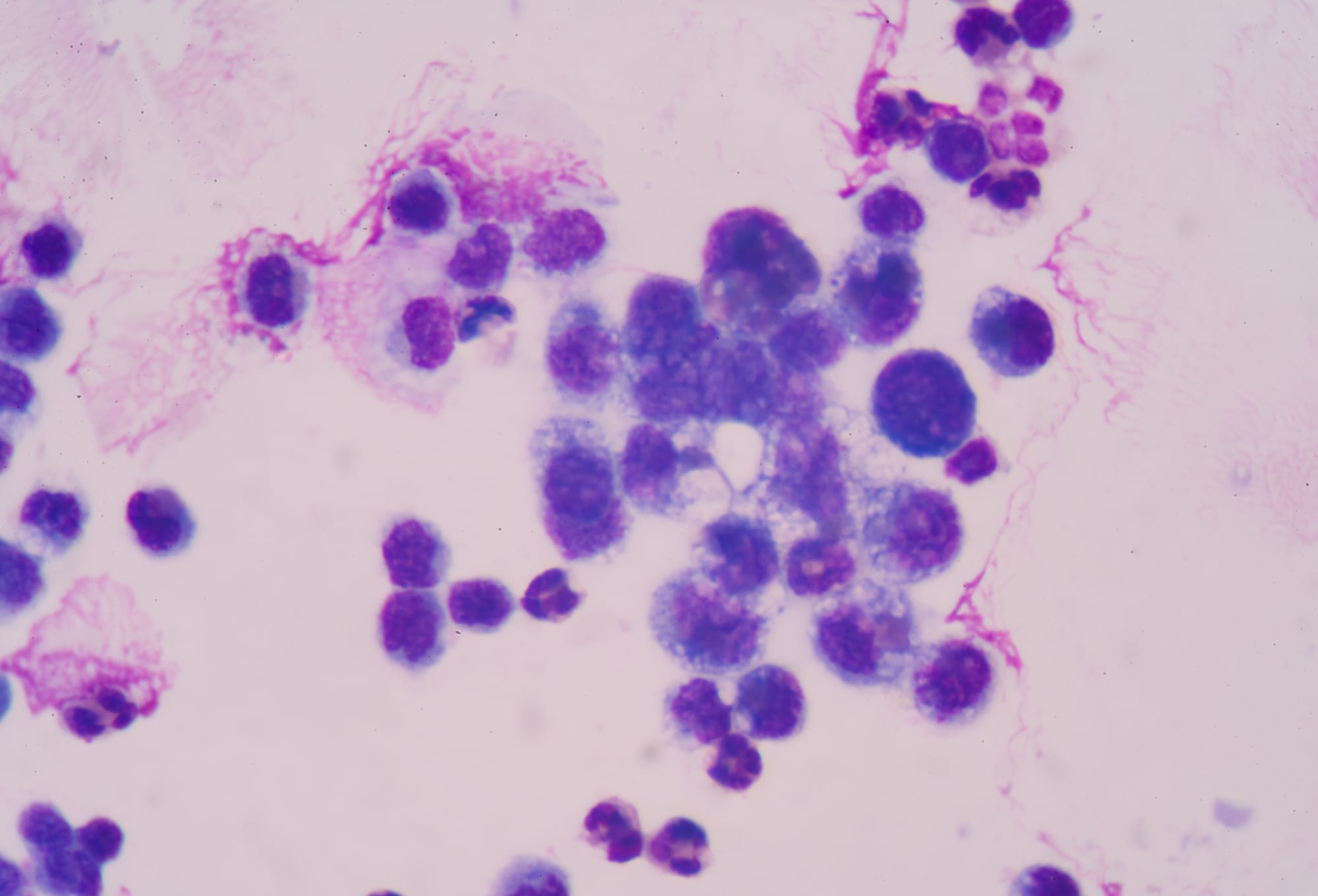"Unlocking the door to a future free from cancer’s grasp," as some experts phrase it, could be closer than we think, especially as we delve into understanding what is gene therapy for cancer.
Gene therapy, a significant advance in the ongoing fight against cancer, is now a practical approach to transforming cancer care. This guide sheds light on gene therapy for cancer treatment, tracking its development from early ideas to its present status as a hopeful avenue in defeating cancer.
The Genesis of Change: Genetic Alteration in Immune or Cancer Cells

Central to cancer gene therapy is the straightforward but impactful concept of changing cell genetics to combat cancer. This approach involves boosting the immune system to better fight cancer cells or directly targeting and weakening the cancer cells. Grasping this idea is essential, as it underpins all other gene therapy tactics and methodologies.
Pioneering Progress: The Alliance for Cancer Gene Therapy (ACGT)
The ACGT is leading the charge in transforming gene therapy into a key strategy for cancer treatment. By supporting innovative research, the ACGT not only advances science but also demonstrates a unified resolve to forge a new path in combating cancer.
Decoding the Basics: What is Cancer Gene Therapy?
Cancer gene therapy involves changing the DNA inside cells to treat cancer. It focuses on the area around tumors, aiming to tell cancerous from non-cancerous tissue for a more focused treatment method. At its core, gene therapy modifies genes, which are the instructions for making proteins vital for the body to work properly.
A Closer Look: Types of Gene Therapy for Cancer
Gene therapy employs various strategies to fight cancer, such as gene editing, replacing, adding, and blocking specific genes. These techniques aim to limit cancer growth by focusing on the diseased cells alone, leaving the patient's reproductive cells unchanged. This approach guarantees the changes remain with the patient, emphasizing the accuracy and security of these treatments.
The Process: Steps in Gene Therapy
The process of gene therapy starts with pinpointing the faulty gene and its corresponding protein. Next, a therapeutic gene is designed or found, packed into a virus, and then introduced to the target area, whether that's in the tumor itself or within immune cells. This approach showcases the combination of cutting-edge genetics and medical treatment.
Innovating Immunity: CAR T-Cell Therapy
CAR T-cell therapy showcases the innovative power of gene therapy. It modifies T cells with anti-cancer genes and has received FDA approval for some blood cancers. The process includes collecting a patient's T cells, altering their genetic material, and reintroducing them to the patient to fight cancer.
The Journey Ahead: Gene Therapy as a Promising Field
Gene therapy in cancer treatment stands out for its creativity, especially with approaches like immunotherapy, oncolytic virus therapy, and gene transfer. These methods not only bring hope for new treatments but also enhance the effectiveness of current ones, potentially making cancer a manageable disease.
Embracing the Future with Optimism
Gene therapy in cancer treatment is a blend of hope, scientific progress, and innovation. From changing cell genetics to the ACGT's groundbreaking work, this area showcases our ongoing quest to find a cancer cure. As we investigate the detailed methods, types, and prospects of gene therapy, it's evident that this journey is about more than fighting a disease; it's about reshaping the future of healthcare. With each advancement, we edge closer to a world where the question "Can gene therapy cure cancer?" becomes a strong "yes."







